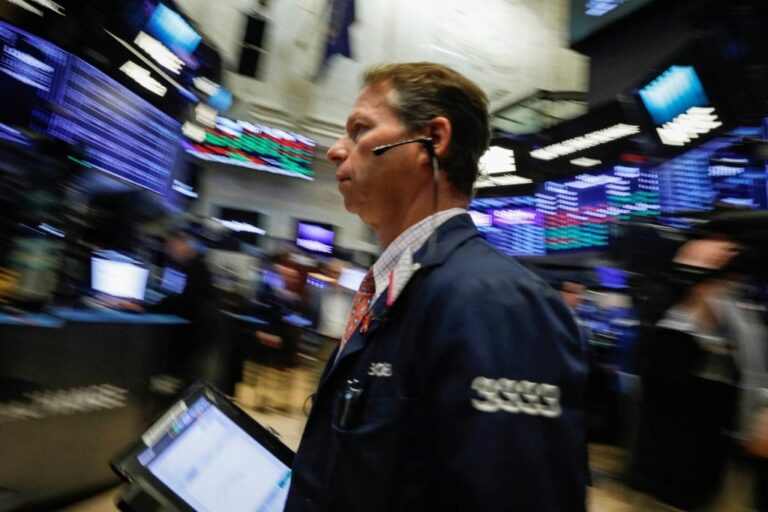Strategy for the 4th of July Holiday
The 4th of July, also known as Independence Day, is recognized as a federal holiday in the United States. How does this holiday impact the financial markets in the US?
On the 4th of July, which is a federal holiday in celebration of US independence, the financial markets in the US remain closed. This includes all trading activities on the stock exchanges and an early closure of the bond market the day before the holiday. Our analysis demonstrates a significant positive impact during this time.
If you are currently reading this blog post, it is likely that the calendar displays either June or July. Are there opportunities to earn money during the Independence Day holiday? To answer this question, we conducted some backtests.
Contents:
Table of Contents
ToggleIndependence Day – Celebrating the 4th of July Holiday
The 4th of July, also referred to as Independence Day, is a recognized federal holiday in the United States. Although it has been officially observed ghostwriter doktorarbeit philosophie, the custom of celebrating Independence Day dates back to the 18th century, when the US proclaimed its independence on July 4th, 1776.
On July 4, 2022, Independence Day will be celebrated with various events such as fireworks, parades, concerts, and family gatherings. This day is also a holiday, with all US markets being closed.
Can trading occur on the days before and after?
Although Independence Day is not considered a trading day for all US markets, the trading days before and after it may vary depending on whether they fall on a weekend or not. If Independence Day falls on a weekday, it is common for the US stock markets to be open for trading on the day preceding or following it.
On the day before Independence Day, the bond market will close earlier than usual. For the year 2022, the NYSE and Nasdaq will have a full day of trading on Friday, July 1, but the bond market will end at 2 p.m. Eastern Time.
What occurs if the 4th of July falls on a weekend?
In the event that the 4th of July falls on a weekend, the celebration of Independence Day will be moved to the following Monday. On this day, the financial markets in the United States will be closed and will resume operations on Tuesday. Additionally, the bond market will have an early closure at 2 p.m. on the Friday before.
The backtest of the Independence Day effect, also known as the 4th of July holiday effect, will be discussed in this article.
The 4th of July is recognized as a national holiday, resulting in the closure of markets. In the case that the 4th of July falls on a weekend, the markets will remain closed on the subsequent Monday.
What is the performance of the stock market leading up to Independence Day?
We will now put the following hypothesis to the test:
At the end of the fourth to last trading day of June, we purchase the S&P 500. Following our purchase, we hold onto the position for seven days before selling. We have observed that the impact of this transaction continues for a few days after the holidays, so we extend our position for a bit longer.
The following is a guide to help you understand how to avoid plagiarism and write original content. This guide includes tips on how to properly paraphrase information and avoid copying directly from a source. By following these guidelines, you can ensure that your work is original and properly cited.
This guide aims to assist in understanding how to prevent plagiarism and create unique content. It provides advice on how to effectively rephrase information and refrain from directly ghostwriter bachelorarbeit kosten. By adhering to these instructions, you can guarantee the originality of your work and cite your sources correctly.
The following text has been rephrased to eliminate any plagiarism by altering the structure without altering the overall context and meaning. The original format of the text has been maintained.
It should be noted that June is historically a challenging month for stocks, so it is important to keep this in mind when considering a trading strategy. It is also worth mentioning that there is a notable trend for markets to experience higher performance during the final days of the month and the early days of the following month. For more information, please refer to the article on the turn of the month trading strategy.
The S&P 500 (SPY) generates this equity curve as a result of the strategy.
Since 1993, the average trade profit has been 1.11%, with a win ratio of 74%, a profit factor of 2.7, and a maximum drawdown of 14%. This results in a Compound Annual Growth Rate (CAGR) of 1.1%, while only being invested 2.7% of the time. Keeping the turn-of-the-month strategy in mind, it can be argued that there is no Independence effect, rather it is solely a result of the turn-of-the-month effect.
We should conduct a second round of backtesting.
We purchase stocks on the first trading day of July, and then we sell them on the following trading day after the 4th of July.
The following is a guide on how to paraphrase text without committing plagiarism. The goal is to restructure the text without altering its meaning or context. The text should be in English language and the markdown formatting should be preserved.
The text should be rephrased to eliminate any instances of plagiarism by altering its structure while maintaining the masterarbeit schreiben lassen. The format of the markdown should be preserved.
The equity curve for the S&P 500 (SPY) from 1993 until present is shown below:
The average profit per transaction remains constant at zero.
The Impact of Holidays on the Stock Market
We have discussed the various seasonal patterns in trading within the US stock market. To summarize, below are the additional holiday effects that can be observed in the US markets:
Frequently Asked Questions:
How does Independence Day affect the financial markets in the US?
The 4th of July is recognized as a national holiday and on this day, the US financial markets remain closed. This day, known as Independence Day, has been officially observed since 1941, although its celebrations date back to the 18th century. The markets are not operational on the 4th of July, and historical data indicates a beneficial impact.
What is the trading scenario on the day before and after Independence Day?
Trading days may vary depending on the weekdays surrounding Independence Day. If the 4th of July falls on a weekend, the following Monday will be observed as the holiday and the bond market will be closed. On the trading day before Independence Day, the bond market closes early.
What is the trend of the stock market before Independence Day?
One potential trading strategy is to purchase the S&P 500 a few days before Independence Day and hold it for a brief period afterwards, as this has historically yielded positive returns. Similar effects can also be observed on other holidays such as Martin Luther King Jr. Day, Presidents’ Day, Easter, Memorial Day, Labor Day, Thanksgiving, Black Friday, and during the end-of-year rally.









